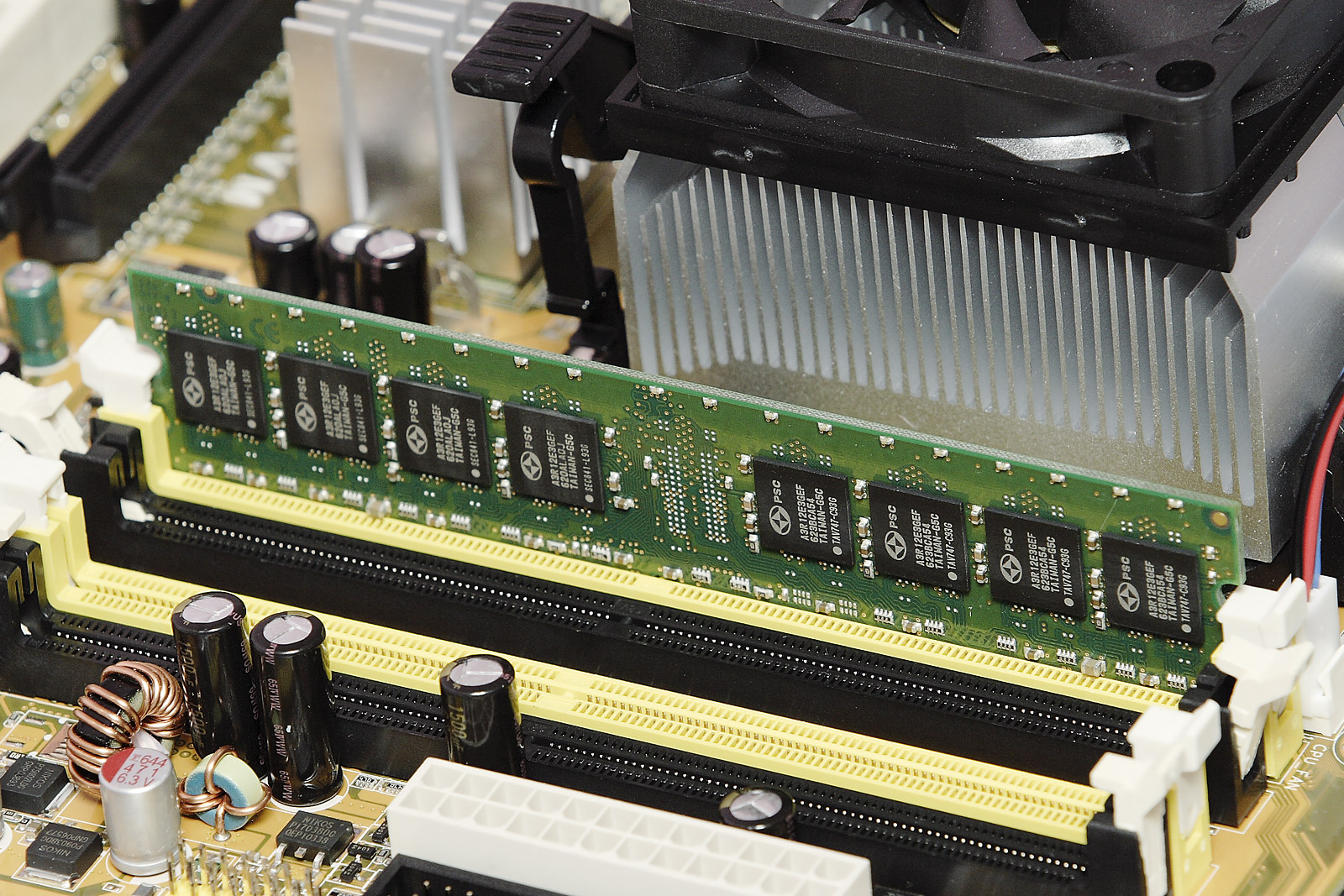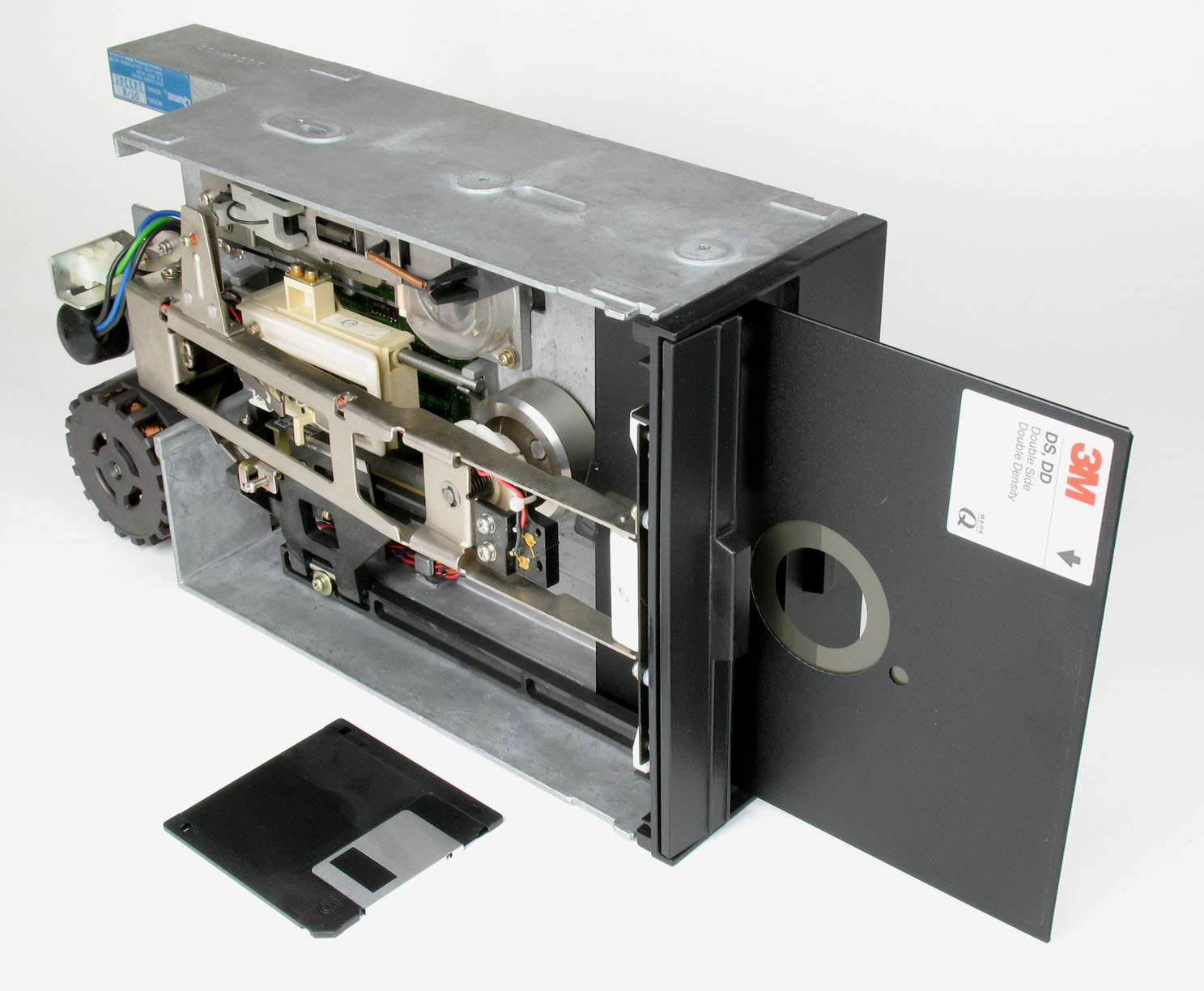|
Vuk (computer)
Vuk () is a computer prototype designed by a group of students from Leskovac in SFRY (now Serbia). It was supposed to be a multipurpose educational computer. The development started in 1984 and in 1988 about ten prototypes were produced. Although the design received awards, the Yugoslav industry was not interested, so the computer never reached the production phase. Specifications * CPU: MC68000 running at 8 MHz * ROM: 128 KB (text editor, command interpreter, Pascal compiler, and assembler) * Primary memory: 1 Mb (expandable up to 14 Mb) * Secondary storage: floppy drive 800kb (5.25’’ or 3.5’’), hard disk A hard disk drive (HDD), hard disk, hard drive, or fixed disk is an electro-mechanical data storage device that stores and retrieves digital data using magnetic storage with one or more rigid rapidly rotating hard disk drive platter, pla ... * Display: 40 column mode (320x256, 16 colors) and 80 column mode (640x256, 4 colors) * Sound: beeper * I/O p ... [...More Info...] [...Related Items...] OR: [Wikipedia] [Google] [Baidu] |
Leskovac
Leskovac ( sr-Cyrl, Лесковац, ) is a List of cities in Serbia, city and the administrative center of the Jablanica District in Southern Serbia (Geographical Region), southern Serbia. According to the 2022 census, the city itself has a population of 58,338 while the city administrative area has 123,950 inhabitants. Etymology Leskovac was historically called ''Glubočica'', later evolving into ''Dubočica''. These interchangeable variants derived from the Serbian language, Serbian word's, "''glib''", meaning mud and "''duboko''", meaning deep. Untamed rivers would often flood the area leaving swamps that once dried would spout Hazel, hazelnut trees, or "''leska''" in Serbian, whilst "''-ovac''" is a common Slavic languages, Slavic suffix, hence ''Leskovac''. During Ottoman Serbia, Ottoman rule the town was referred to in Turkish language, Turkish as ''Leskovçe'' or ''Hisar'' (Turkish translation; ''fortress''). History Early period Archeological findings on Hisar ... [...More Info...] [...Related Items...] OR: [Wikipedia] [Google] [Baidu] |
Secondary Storage
Computer data storage or digital data storage is a technology consisting of computer components and Data storage, recording media that are used to retain digital data. It is a core function and fundamental component of computers. The central processing unit (CPU) of a computer is what manipulates data by performing computations. In practice, almost all computers use a storage hierarchy, which puts fast but expensive and small storage options close to the CPU and slower but less expensive and larger options further away. Generally, the fast technologies are referred to as "memory", while slower persistent technologies are referred to as "storage". Even the first computer designs, Charles Babbage's Analytical Engine and Percy Ludgate's Analytical Machine, clearly distinguished between processing and memory (Babbage stored numbers as rotations of gears, while Ludgate stored numbers as displacements of rods in shuttles). This distinction was extended in the Von Neumann archite ... [...More Info...] [...Related Items...] OR: [Wikipedia] [Google] [Baidu] |
Educational Hardware
Education is the transmission of knowledge and skills and the development of character traits. Formal education occurs within a structured institutional framework, such as public schools, following a curriculum. Non-formal education also follows a structured approach but occurs outside the formal schooling system, while informal education involves unstructured learning through daily experiences. Formal and non-formal education are categorized into levels, including early childhood education, primary education, secondary education, and tertiary education. Other classifications focus on teaching methods, such as teacher-centered and student-centered education, and on subjects, such as science education, language education, and physical education. Additionally, the term "education" can denote the mental states and qualities of educated individuals and the academic field studying educational phenomena. The precise definition of education is disputed, and there are disagreements ... [...More Info...] [...Related Items...] OR: [Wikipedia] [Google] [Baidu] |
I/O Port
Memory-mapped I/O (MMIO) and port-mapped I/O (PMIO) are two complementary methods of performing input/output (I/O) between the central processing unit (CPU) and peripheral devices in a computer (often mediating access via chipset). An alternative approach is using dedicated I/O processors, commonly known as channels on mainframe computers, which execute their own instructions. Memory-mapped I/O uses the same address space to address both main memory and I/O devices. The memory and registers of the I/O devices are mapped to (associated with) address values, so a memory address may refer to either a portion of physical RAM or to memory and registers of the I/O device. Thus, the CPU instructions used to access the memory (e.g. ) can also be used for accessing devices. Each I/O device either monitors the CPU's address bus and responds to any CPU access of an address assigned to that device, connecting the system bus to the desired device's hardware register, or uses a dedicate ... [...More Info...] [...Related Items...] OR: [Wikipedia] [Google] [Baidu] |
Electronic Visual Display
An electronic visual display is a display device that can display images, video, or text that is transmitted electronically. Electronic visual displays include television sets, computer monitors, and digital signage. They are ubiquitous in mobile computing applications like tablet computers, smartphones, and information appliances. Many electronic visual displays are informally referred to as touch screens. Starting in the early 2000s, flat-panel displays began to dominate the industry, as cathode-ray tubes (CRT) were phased out, especially for computer applications. Starting in the mid 2010s, curved display panels began to be used in televisions, computer monitors, and smartphones. Types There are various technologies used for electronic visual displays: * Liquid crystal display (LCD) including LED-backlit LCD * LED display ** OLED display ** AMOLED display * Plasma display * Quantum dot display * Electroluminescent display An overhead projector can be considered a type ... [...More Info...] [...Related Items...] OR: [Wikipedia] [Google] [Baidu] |
Hard Disk
A hard disk drive (HDD), hard disk, hard drive, or fixed disk is an electro-mechanical data storage device that stores and retrieves digital data using magnetic storage with one or more rigid rapidly rotating hard disk drive platter, platters coated with magnetic material. The platters are paired with disk read-and-write head, magnetic heads, usually arranged on a moving actuator arm, which read and write data to the platter surfaces. Data is accessed in a random-access manner, meaning that individual Block (data storage), blocks of data can be stored and retrieved in any order. HDDs are a type of non-volatile storage, retaining stored data when powered off. Modern HDDs are typically in the form of a small disk enclosure, rectangular box. Hard disk drives were introduced by IBM in 1956, and were the dominant secondary storage device for History of general-purpose CPUs, general-purpose computers beginning in the early 1960s. HDDs maintained this position into the modern er ... [...More Info...] [...Related Items...] OR: [Wikipedia] [Google] [Baidu] |
Floppy Disk
A floppy disk or floppy diskette (casually referred to as a floppy, a diskette, or a disk) is a type of disk storage composed of a thin and flexible disk of a magnetic storage medium in a square or nearly square plastic enclosure lined with a fabric that removes dust particles from the spinning disk. The three most popular (and commercially available) floppy disks are the 8-inch, 5¼-inch, and 3½-inch floppy disks. Floppy disks store digital data which can be read and written when the disk is inserted into a floppy disk drive (FDD) connected to or inside a computer or other device. The first floppy disks, invented and made by IBM in 1971, had a disk diameter of . Subsequently, the 5¼-inch (133.35 mm) and then the 3½-inch (88.9 mm) became a ubiquitous form of data storage and transfer into the first years of the 21st century. 3½-inch floppy disks can still be used with an external USB floppy disk drive. USB drives for 5¼-inch, 8-inch, and other-size floppy disks are rare ... [...More Info...] [...Related Items...] OR: [Wikipedia] [Google] [Baidu] |
Primary Memory
Computer data storage or digital data storage is a technology consisting of computer components and recording media that are used to retain digital data. It is a core function and fundamental component of computers. The central processing unit (CPU) of a computer is what manipulates data by performing computations. In practice, almost all computers use a storage hierarchy, which puts fast but expensive and small storage options close to the CPU and slower but less expensive and larger options further away. Generally, the fast technologies are referred to as "memory", while slower persistent technologies are referred to as "storage". Even the first computer designs, Charles Babbage's Analytical Engine and Percy Ludgate's Analytical Machine, clearly distinguished between processing and memory (Babbage stored numbers as rotations of gears, while Ludgate stored numbers as displacements of rods in shuttles). This distinction was extended in the Von Neumann architecture, whe ... [...More Info...] [...Related Items...] OR: [Wikipedia] [Google] [Baidu] |
SFRY
The Socialist Federal Republic of Yugoslavia (commonly abbreviated as SFRY or SFR Yugoslavia), known from 1945 to 1963 as the Federal People's Republic of Yugoslavia, commonly referred to as Socialist Yugoslavia or simply Yugoslavia, was a country in Central Europe, Central and Southeast Europe. It was established in 1945, following World War II, and lasted until 1992, breakup of Yugoslavia, dissolving amid the onset of the Yugoslav Wars. Spanning an area of in the Balkans, Yugoslavia was bordered by the Adriatic Sea and Italy to the west, Austria and Hungarian People's Republic, Hungary to the north, People's Republic of Bulgaria, Bulgaria and Socialist Republic of Romania, Romania to the east, and People's Socialist Republic of Albania, Albania and Greece to the south. It was a One-party state, one-party socialist state and federation governed by the League of Communists of Yugoslavia, and had six constituent republics: Socialist Republic of Bosnia and Herzegovina, Bosnia and Her ... [...More Info...] [...Related Items...] OR: [Wikipedia] [Google] [Baidu] |
Assembly Language
In computing, assembly language (alternatively assembler language or symbolic machine code), often referred to simply as assembly and commonly abbreviated as ASM or asm, is any low-level programming language with a very strong correspondence between the instructions in the language and the architecture's machine code instructions. Assembly language usually has one statement per machine instruction (1:1), but constants, comments, assembler directives, symbolic labels of, e.g., memory locations, registers, and macros are generally also supported. The first assembly code in which a language is used to represent machine code instructions is found in Kathleen and Andrew Donald Booth's 1947 work, ''Coding for A.R.C.''. Assembly code is converted into executable machine code by a utility program referred to as an '' assembler''. The term "assembler" is generally attributed to Wilkes, Wheeler and Gill in their 1951 book '' The Preparation of Programs for an Electronic Dig ... [...More Info...] [...Related Items...] OR: [Wikipedia] [Google] [Baidu] |
Pascal (programming Language)
Pascal is an imperative and procedural programming language, designed by Niklaus Wirth as a small, efficient language intended to encourage good programming practices using structured programming and data structuring. It is named after French mathematician, philosopher and physicist Blaise Pascal. Pascal was developed on the pattern of the ALGOL 60 language. Wirth was involved in the process to improve the language as part of the ALGOL X efforts and proposed a version named ALGOL W. This was not accepted, and the ALGOL X process bogged down. In 1968, Wirth decided to abandon the ALGOL X process and further improve ALGOL W, releasing this as Pascal in 1970. On top of ALGOL's scalars and arrays, Pascal enables defining complex datatypes and building dynamic and recursive data structures such as lists, trees and graphs. Pascal has strong typing on all objects, which means that one type of data cannot be converted to or interpreted as another without explicit conversions ... [...More Info...] [...Related Items...] OR: [Wikipedia] [Google] [Baidu] |




